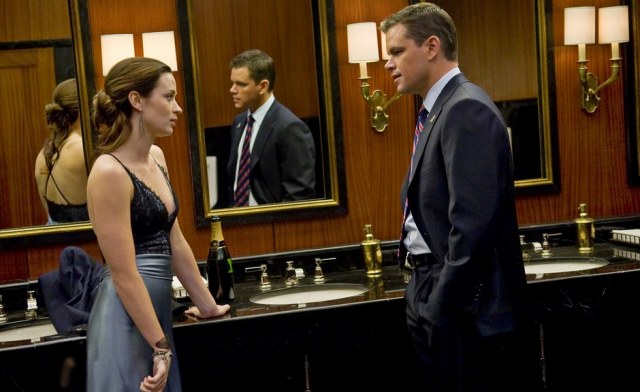
INDIAN COUNTRY, by Dorothy M. Johnson, first edition hardcover, published by Ballantine Books, New York, 1953. Jack Schaefer, the author of SHANE, wrote the introduction in the original hardcover. A. B. Guthrie, Jr., author of THE BIG SKY and the script adaptation for SHANE, wrote the introduction to Steve Smith's biography of Johnson.
 was easily the best of them.
Reading her short story today (after seeing the 1962 film many times over the years), you are keenly aware of the many fine scenes that were added later for the movie. For instance, there is the scene in the diner, where Liberty Valance (Lee Marvin) trips Ransom Stoddard (Jimmy Stewart), making him drop the steak. Valance and his toadies erupt in laughter, and Valance stands over Ranse threatening him, telling to pick it up, Dude. The moment is stretched out in tension, and then Tom Doniphon (John Wayne) stands up and says, "That was my steak, Valance. You pick it up."
Thus the tension is ratcheted tighter as Valance and Doniphon appear about to draw on each other. One of the toadies tries to pick up the steak for him, but Doniphon quickly reaches out with a kick and his boot catches him in the teeth, knocking him out.
The tension is finally broken up by Stoddard who picks up the steak ranting about the stupidity of men trying to kill each other for no reason. The scene works beautifully, but it is not in Johnson's original story.
Yet the basic story is there, the motif of brute force versus the law, the dark side of freedom being the liberty to do violence. A play on words evident at the first showing of the movie, long ago when black and white movies were usually minor films--and even those fast disappearing. Back then the Gene Pitney song was popular, the meaning of the title and the main surprise in the film evident in the lyrics, examined in retrospect.
was easily the best of them.
Reading her short story today (after seeing the 1962 film many times over the years), you are keenly aware of the many fine scenes that were added later for the movie. For instance, there is the scene in the diner, where Liberty Valance (Lee Marvin) trips Ransom Stoddard (Jimmy Stewart), making him drop the steak. Valance and his toadies erupt in laughter, and Valance stands over Ranse threatening him, telling to pick it up, Dude. The moment is stretched out in tension, and then Tom Doniphon (John Wayne) stands up and says, "That was my steak, Valance. You pick it up."
Thus the tension is ratcheted tighter as Valance and Doniphon appear about to draw on each other. One of the toadies tries to pick up the steak for him, but Doniphon quickly reaches out with a kick and his boot catches him in the teeth, knocking him out.
The tension is finally broken up by Stoddard who picks up the steak ranting about the stupidity of men trying to kill each other for no reason. The scene works beautifully, but it is not in Johnson's original story.
Yet the basic story is there, the motif of brute force versus the law, the dark side of freedom being the liberty to do violence. A play on words evident at the first showing of the movie, long ago when black and white movies were usually minor films--and even those fast disappearing. Back then the Gene Pitney song was popular, the meaning of the title and the main surprise in the film evident in the lyrics, examined in retrospect.
The cast of the movie was extraordinary. Besides the strong trinity of Jimmy Stewart, John Wayne, and Lee Marvin, engaging performances were also given by Edmond O'Brien as the alcoholic newspaperman, Vera Miles as the torn romantic love interest, and Andy Devine as the comic relief--the baffoonery of the local law. Even Liberty Valance's toadies were played by fine western actors--Strother Martin (The Wild Bunch) and Lee Van Clief (The Good, the Bad, and the Ugly).
Johnson's two collections of short stories are still very good reads. She was an influential female pioneer of the literary western. It's surprising that she is not more celebrated today.


































